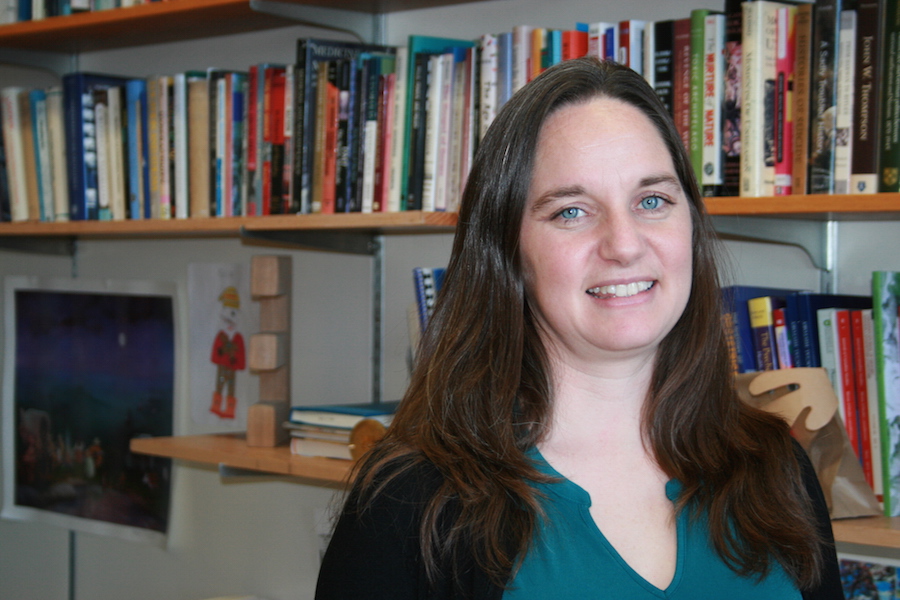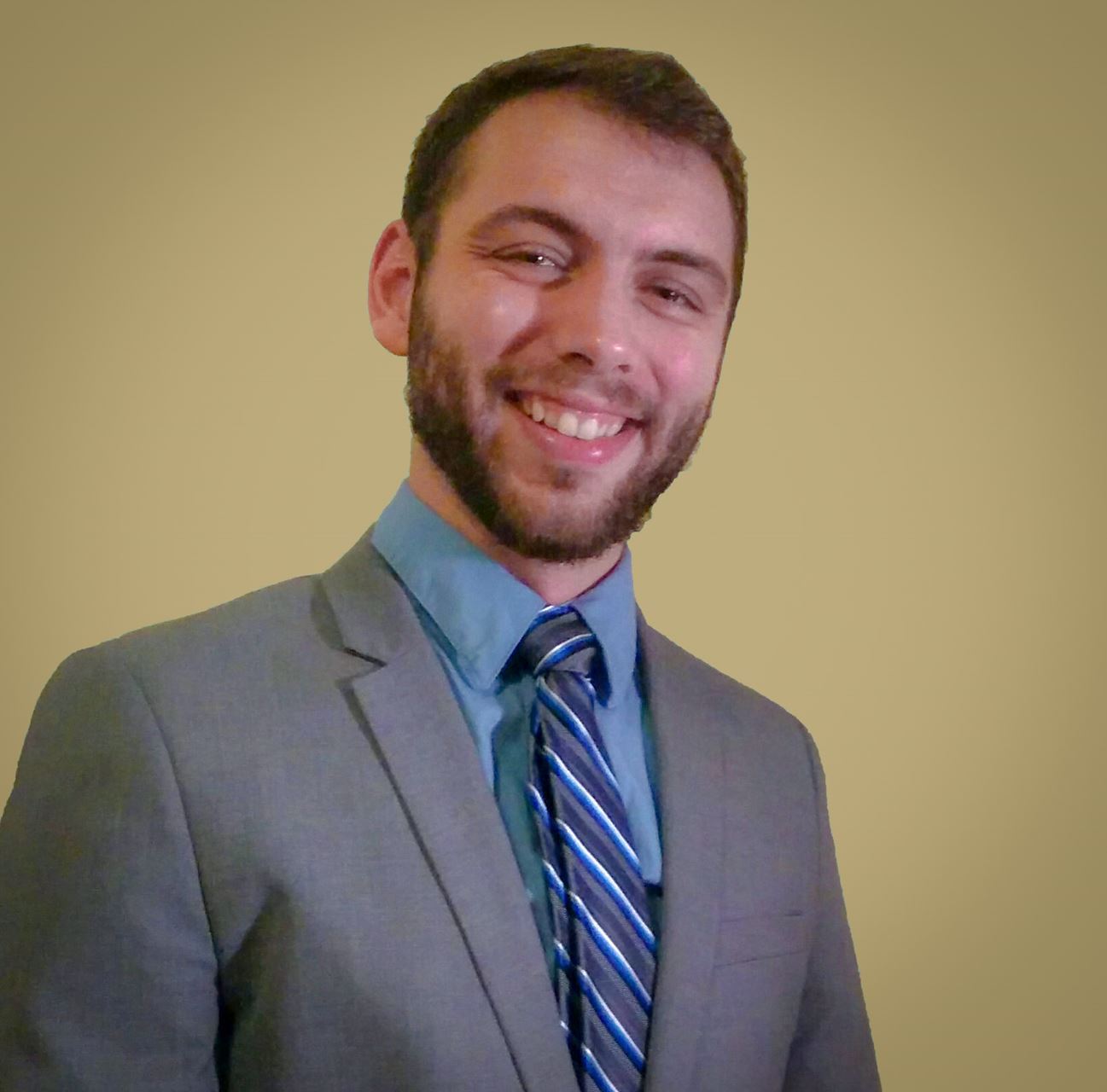
Compassionate psychelics: easing anxiety and depression in the dying
This article discusses topics relating to end-of-life depression and anxiety. If you require mental health support, please see the resources at the bottom of this article.
In August 2020, four terminally ill patients were granted permission to use psychedelic therapy in Canada. They were given psilocybin, the hallucinogenic component of what are popularly called “magic mushrooms,” to help ease their anxieties and depression at end-of-life.
End-of-life care involves helping someone remain comfortable at the end one’s life. Physicians will use palliative practices, that is, those aimed at alleviating things like pain and shortness of breath and providing support through death for patients with life-threatening conditions. Palliative care doctors use this kind of treatment when a condition is deemed unfixable.
Dr. James Downar is a researcher and head of the division of palliative care at the University of Ottawa.
“There are times when you can’t actually fix the problem—but you may be able to reduce the effect it has on a person,” he says.
Most will remember psychedelics as a relic of the 1960s. They are often associated with this decades’ many counter-culture movements, particularly among hippies, musicians and cultists alike.
When taken in high doses, psychedelics have strong effects on a person’s perception of the world. Users might experience hallucinations and confused senses, tasting colors and smelling sounds. On the flip side, people might also experience what is known as a “bad trip.” This can manifest as an intense fear or paranoia.
These substances can also induce rich, spiritual-like experiences, which is a big part of why they got so popular in the 60s. Early users would often report feelings of connectedness, love, and compassion for others—feelings that would remain long after the hallucinations disappeared.
Researchers are still trying to understand exactly how psychedelics work. But there is a surprising number of studies that suggest they might be able to help treat mental health. Some experts hope to leverage these spiritual side-effects to help people overcome conditions such as depression and anxiety.
This is what makes the drugs so appealing for palliative care.
“Our interest in palliative care is relieving suffering,” Downar says. “What is becoming increasingly apparent is that suffering can occur on many different levels.”
One of those levels is known as “existential suffering.”
“One of the most concerning things about disease is its ability to rob you of doing the things that you enjoy,” Downar explains. “These can be things like work, art, hobbies—all things that give people joy and meaning in life.”
When a person thinks they will never again experience meaningful activities, they can fall into a deep depression. This is the core of existential suffering, he says.
Downar explains that psychedelic therapy can help people come to terms with their distress, reduce their existential suffering, and help them find meaning at the end of life.
This interest in psychedelics as a therapeutic tool may be surprising, but it is not new. Use of the drugs has a long and surprising history in Canada. So, why did it take so long for them to pick up steam in the medical community?

Psilocybe cyanescens Wakef mushrooms, commonly called “Wavy Caps,” are one of the many species of mushrooms that contain psilocybin. Source: Vancouver Mycological Society.
The story of psychedelic therapy in Canada is almost as “trippy” as the drugs themselves, stretching from rural Canada to Los Angeles, threading through the lives of a Swiss scientist, a British war veteran, and a prolific science fiction author.
This is not an exhaustive history of psychedelics in Canada. But below is an outline of some of the surprising connections that surround these powerful substances. So, let’s take a trip, shall we?
This story begins with the arrival of Dr. Humphry Osmond. Osmond was a British World War II veteran who after the war worked on the psychiatric unit at St. George’s Hospital in London, England. There, he developed an academic interest in mind-altering drugs and substances.
Osmond and two colleagues began experiments with mescaline, the psychoactive component of peyote cactus. After two years of study, they found that this chemical would induce symptoms similar to those observed in people with schizophrenia.
Osmond’s use of chemicals ran counter to traditional therapeutic approaches. His colleagues were keener on psychoanalysis—the process of treatment and diagnosis through open conversation between therapist and patient.
As a result, Osmond moved to Weyburn, Saskatchewan in October 1951 and took over as clinical director of the now-defunct Weyburn Mental Hospital.
At the time, this hospital had a reputation as one of the worst asylums in North America, explains Erika Dyck, a medical historian at the University of Saskatchewan. But Osmond felt that here he would have more freedom to continue his explorations with mind-altering substances. He was right.
The 1950s was a period of great change for Saskatchewan. Tommy Douglas, premier of the province at the time, advanced what was considered a radically progressive agenda, one that ultimately laid the groundwork for universal healthcare in Saskatchewan and in Canada.
Douglas’ progressive attitude towards healthcare made the province an attractive place for health researchers.
“People were coming to witness this experiment unfolding,” explains Dyck. “It became a trading zone for ideas that were infused with a political vision for the future, for what kinds of things we can expect for our healthcare system.”
This is the context in which Osmond would begin his experiments with lysergic acid diethylamide (LSD).
LSD is a synthetic hallucinogen accidentally invented by Albert Hoffman in Switzerland long before Osmond arrived in Canada. Hoffman consumed a small quantity of the drug while synthesizing it, leading to mild symptoms, including dizziness and restlessness. Once he identified LSD as the source of his symptoms, he took a remarkable next step – self-experimentation. Hoffman went on his first trip.
He was anxious and afraid at first, as his hallucinations were understandably unexpected. Eventually, his anxieties went away and he was left to enjoy a kaleidoscope of colors dancing before him. He later wrote on how the experience was a net positive.
Years later, Osmond spent his time trying to understand how and why LSD had such a powerful effect. He hypothesized that it could be used therapeutically in the Weyburn Mental Hospital.
One of Osmond’s patients stated that while under the influence of LSD he learned to address his life problems with new-found conviction. This, in turn, helped him find a more positive outlook on life and forge better relationships with himself and others. These feelings continued long after the immediate effects of LSD disappeared.
Parallel to these experiments, Osmond also learned about another potential use for LSD in end-of-life care.
Osmond became good friends with the famous science fiction author Aldous Huxley, who lived in Los Angeles—far from the winds of Saskatchewan – but they bonded through regular letters which document Osmond and Huxley’s evolving perspective on psychedelics. Together, they explored the spiritual nature of the substances, and Huxley introduced Osmond to the potential power of psychedelics for end-of-life care.
Huxley told Osmond about the profound experience he shared with his wife Maria, who was suffering from cancer. As her health deteriorated, she was spending more time unconscious. But Huxley and Maria both had an affinity for psychedelic drugs. Together, they had spent a lot of time learning from the Indigenous communities in the United States who often used psychedelic substances in healing rituals to help overcome anxiety at end-of-life.
“This was a way to help release the mortal bonds of life,” Dyck explains.
On Maria’s deathbed, she and Huxley consumed psychedelics together. Huxley later described to Osmond how the psychedelic substances helped both him and Maria find peace in these final hours. The experience was so profound, Huxley requested the same treatment as he was dying, and finally died of throat cancer on November 22, 1963.
Psychedelic research largely halted after the 1960s. The “hippie” movement came and went, and the substances were seared in the public consciousness as dangerous, addictive, and unpredictable. This era left behind a lasting stigma that continues to make some palliative care physicians reluctant to embrace the drugs, Downar explains.

Medical historian and Canada Research Chair Erika Dyck. Photo: University of Saskatchewan
Some elements of psychedelic therapy also do not fit the model of healthcare that Canada has adopted, Dyck says.
Many psychedelic-trained psychiatrists would be necessary to help people use the substances safely and to maximize the chance of positive outcomes. This makes it difficult to widely adopt the therapy, especially since there are many other medications that can help treat depression or anxiety—many of which require much less professional supervision.
Downar says that “micro-dosing,” a method of consumption involves taking small amounts of the psychedelic substance, might be a way to mitigate this. Small doses can stimulate the brain but not enough to induce strong hallucinations, allowing psychedelics to be used with less direct supervision. More research needs to be done before this can made a reality.
In some ways, palliative care is the perfect place to explore psychedelic therapy, as end-of-life can be a time for finding deep meaning and reflection. Palliative therapies must concern themselves as much with the spiritual as with the physiological elements of dying, Downar says.
Can psychedelics be transformative for carrying out palliative care? That remains unclear, but Downar says it is worth exploring if it can reduce end-of-life suffering.
If you need resources or assistance surrounding mental illnesses, please visit the Mental Health Commission of Canada’s websiteto learn more. You can also find palliative care resources on the Canadian Hospice and Palliative Care Association website.
This article is based on research conducted by Erika Dyck, PhD. Learn more about her work.
By: Eric Dicaire

Eric Dicaire is a communicator and thinker based out of Ottawa, Canada. He currently holds a Master’s degree in Communication from the University of Ottawa, and is the communications coordinator for the Bruyère Research Institute. He enjoys examining how people think about and interact with media, and how these interactions influence public discourse in Canada. He aspires to be a life-long learner, looking for new ways to challenge his own biases and exploring new concepts and ideas.
